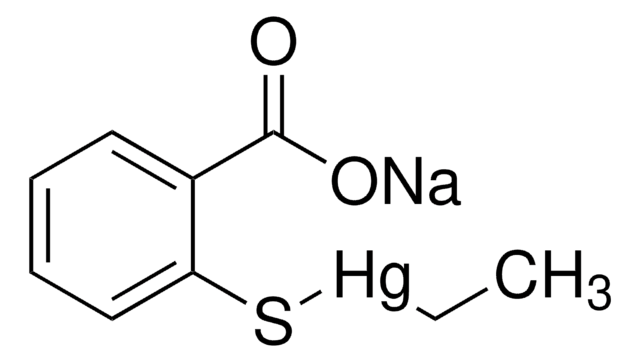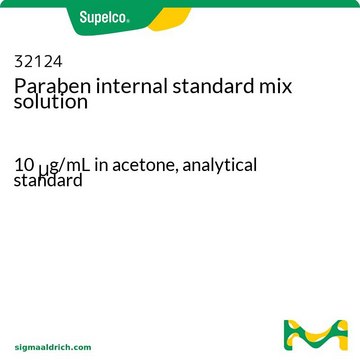56753
2-Phenoxyethanol
analytical standard
Synonym(s):
Ethylene glycol monophenyl ether, Phenylglycol
About This Item
Recommended Products
grade
analytical standard
Quality Level
assay
≥99.5% (GC)
shelf life
limited shelf life, expiry date on the label
technique(s)
HPLC: suitable
gas chromatography (GC): suitable
refractive index
n20/D 1.539
bp
244-246 °C
mp
11-13 °C
density
1.107 g/mL at 20 °C (lit.)
application(s)
environmental
format
neat
SMILES string
OCCOc1ccccc1
InChI
1S/C8H10O2/c9-6-7-10-8-4-2-1-3-5-8/h1-5,9H,6-7H2
InChI key
QCDWFXQBSFUVSP-UHFFFAOYSA-N
Looking for similar products? Visit Product Comparison Guide
General description
Application
Recommended products
signalword
Danger
hcodes
Hazard Classifications
Acute Tox. 4 Oral - Eye Dam. 1 - STOT SE 3
target_organs
Respiratory system
Storage Class
10 - Combustible liquids
wgk_germany
WGK 1
flash_point_f
258.8 °F - closed cup
flash_point_c
126 °C - closed cup
ppe
Eyeshields, Faceshields, Gloves, type ABEK (EN14387) respirator filter
Choose from one of the most recent versions:
Already Own This Product?
Find documentation for the products that you have recently purchased in the Document Library.
Customers Also Viewed
Our team of scientists has experience in all areas of research including Life Science, Material Science, Chemical Synthesis, Chromatography, Analytical and many others.
Contact Technical Service












